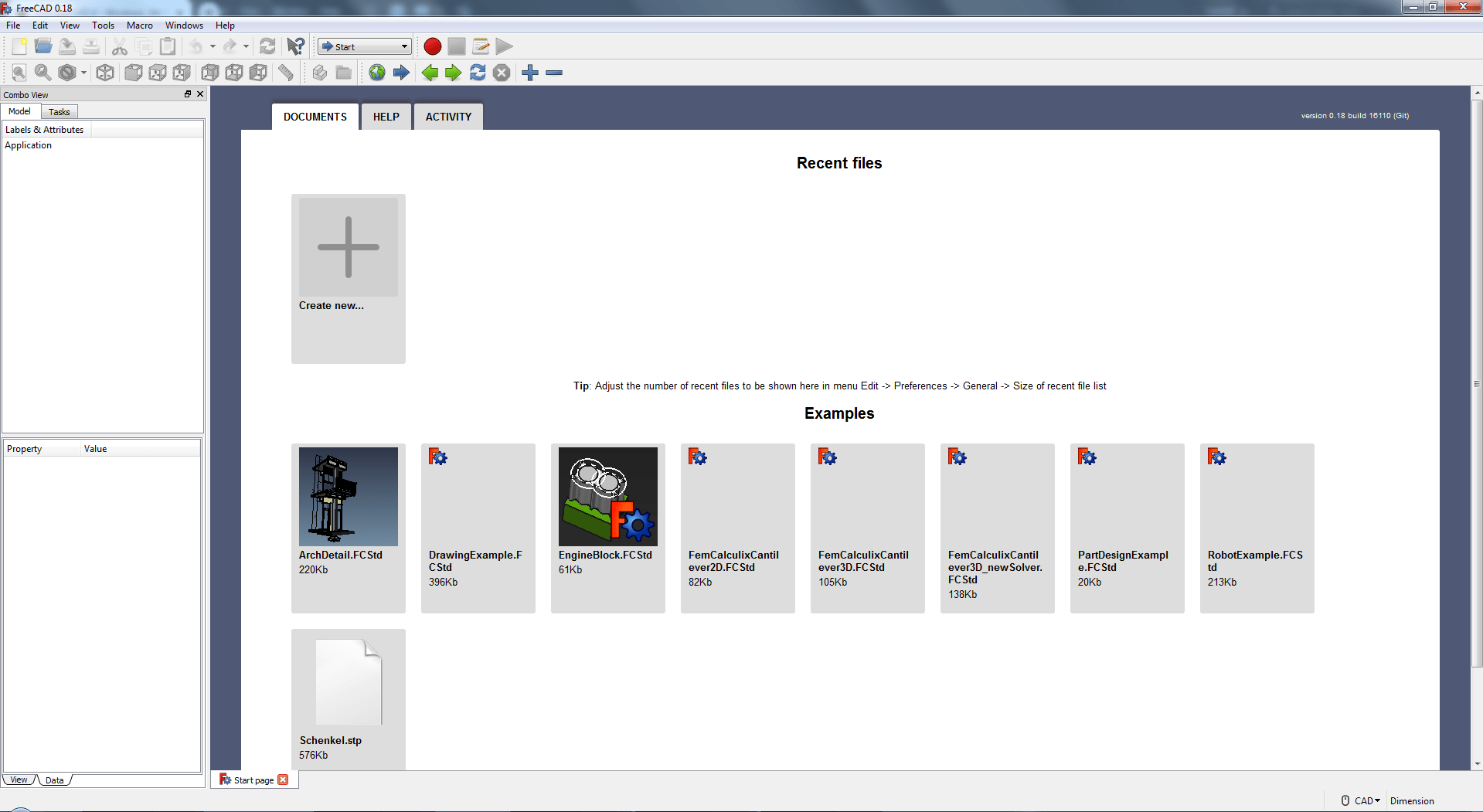
They are bound to the inner edges of the washer. These are the Connectors that constraints can bind to. Two child nodes are created: Element and Element001.

The Body appears under the Parts node of the washer assembly. Drag the Body node and drop it on the washer assembly.Set the Label property to "Assembly000 000".Right-click on the Property Panel, then click Show all.Create a new Pad with a length of "2 mm".Constrain their diameters to "8.3" and "16 mm".Create two circles with their center constrained to the sketch origin.Select the asm project node in the model tree.Create a new project file, and save it under the name "asm.fcstd".
FREECAD ASSEMBLY 4 TUTORIAL HOW TO
We will deepen the gained knowledge, and see how to get around some unexpected obstacles. The necessary Connectors and ConnectorLinks are created implicitly, and bound to the geometry elements.Įnough theory, the next chapter is a hands-on tutorial.

Example: A perforated plate - there are potentially hundreds of holes, but only a few will be used to mate with other components. This workflow for creating constraints is well suited for components with a prohibitive number of potential mating interfaces, and/or where it is likely that only a few of them will be used by the component user. The component user creates them as needed, directly from geometry elements. The component designer simply does not wrap the component in an assembly container, or omits the definition of Connectors. The alternative workflow in Assembly 3 is very similar, if not identical, to assembly workbenches that do not have the notion of Constraint Connectors or its equivalent.


 0 kommentar(er)
0 kommentar(er)
